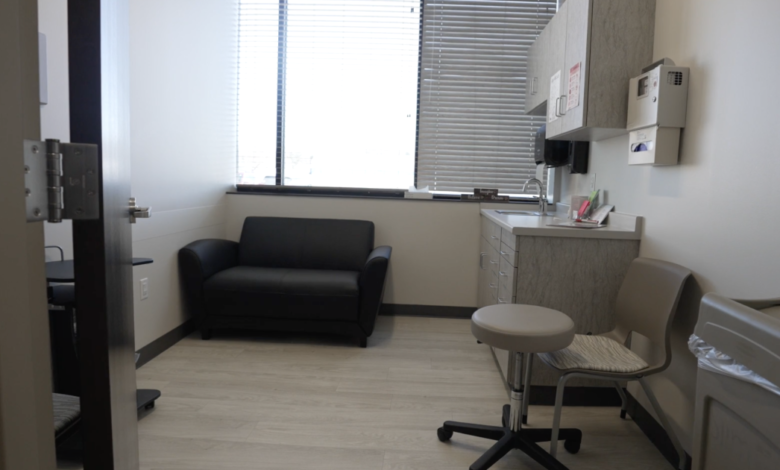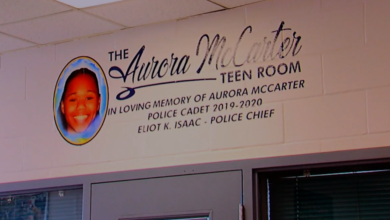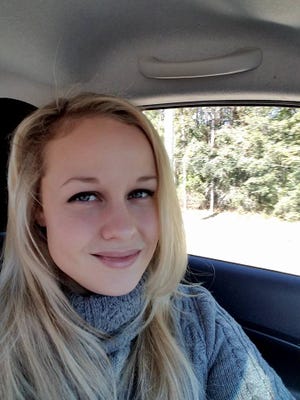
URBANDALE, Iowa — Dr. Alan Bollinger has dedicated his career to helping people overcome addiction.
"When you look at a lot of these people, they've been horribly abused," he said.
Bollinger is a medication-assisted treatment provider at a primary health care clinic in Urbandale, Iowa. Bollinger uses a combination of counseling and buprenorphine to treat people living with addiction.
"If you look at the way people are treated, in general, for their addictions, a lot of times it's stigmatized and the focus is on the behavior rather than on the person, and that makes it difficult to get well," he said.
"Like the rest of the country, we have seen more opioid use and more overdose related to opioids over the last 20 years, and we're also like the rest of the country seeing fentanyl in more than just the opioid drug supply," said Dr. Alison Lynch, a psychiatrist, family physician and addiction medicine specialist at the University of Iowa.
The university has played an essential role in training providers on prescribing buprenorphine, using nearly $4 million from the state’s share of the opioid settlement money.
Lynch said they’ve trained 250 prescribers in the eastern part of the state and more than 100 medical students.
However, one of the biggest hurdles is helping rural health care providers overcome the stigma of using the medication, which is an opioid. Lynch said buprenorphine attaches to opioid receptors in the brain but does not give the effect of being high.
"They don't have to worry about finding another opioid. They don't have to worry about cravings. They don't have to worry about going into withdrawal," she said.
The progress being made is measurable. According to a study from the University of Washington, 40% of rural counties in 2016 had at least one prescriber of buprenorphine. In 2020, the number increased to 63%.
The federal government is putting in money too. In September, the Health Resources and Services Administration announced $104 million would go to rural communities to combat the opioid epidemic, including $10 million for MAT programs.
"The mental health crisis, the substance abuse crisis, they're the same thing and the truth is there's one crisis, and those two things are symptoms. The real crisis is relationship crisis," said Bollinger.
He hopes that, along with the dollars coming in, people's minds will change when it comes to addiction. He believes a changing mindset, along with treatment, is how the crisis can come to an end.









